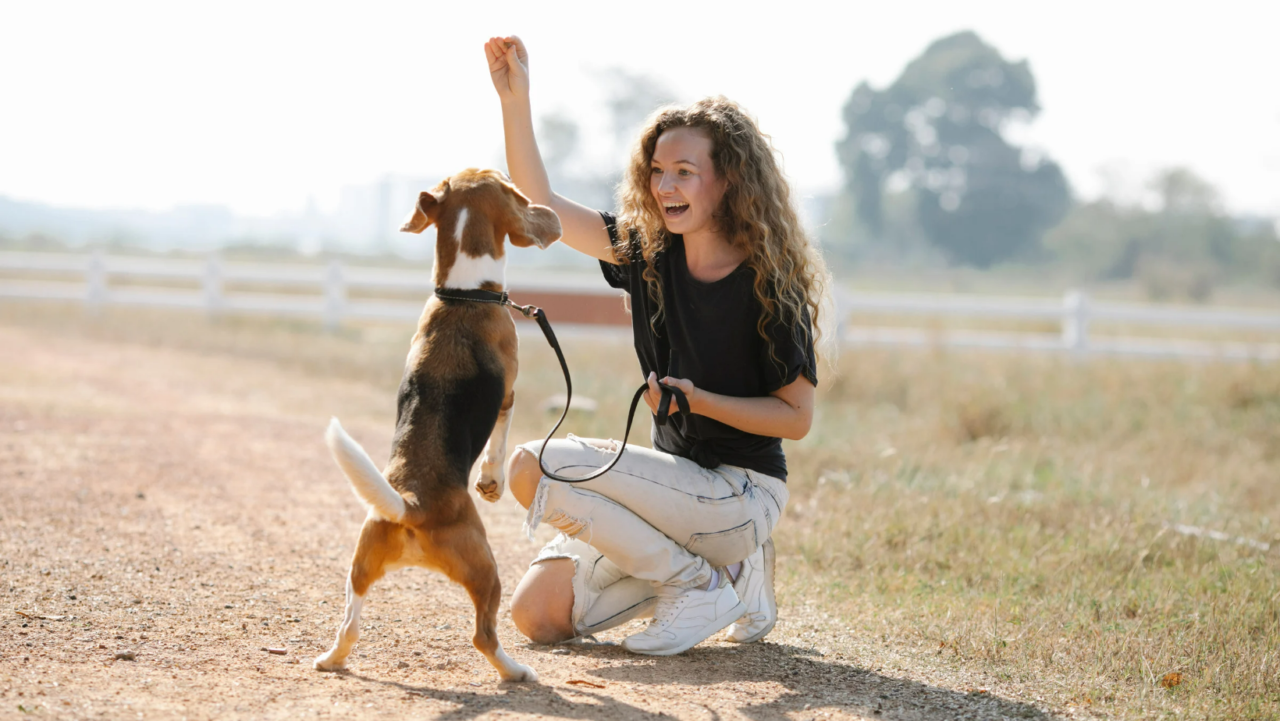3 Days, 3 Weeks, 3 Months: What to Expect as a New Pet Parent
Getting a dog is so exciting. But it’s also a challenging period. The “3 Days, 3 Weeks, 3 Months” rule can help your dog adjust to their new home and make you best friends for life. Here’s everything you need to know about the 3-3-3 rule.
What’s the 3-3-3 Rule?
The 3 Days, 3 Weeks, 3 Months (3-3-3) rule represents the stages your dog will go through as it adjusts to living in its new home. It’s the first 3 days, 3 weeks, and 3 months after you bring your dog home.
3 Days: Let your dog get used to your new home, and don’t force new experiences on them.
3 Weeks: Be patient as your dog settles in, and get to know its true personality.
3 Months: As you further bond with your new dog, it’s time to start training.
Of course, there’s more to the rule. Read on for detailed descriptions of what to expect from your dog, and top tips to make the transition easier for both of you.
What Do You Need to Help Your Dog Adjust to Its New Home?
First and foremost, you need patience and understanding. Adjusting to a new environment takes time, and before bringing in your new pet, it’s essential to have a couple of things ready. Putting these things in place will make your dog’s move easier from the get-go. Some of these things include:
Food
A trainer
A veterinarian
Crate or bed
Leashes
Toys
Collar
Treats
Amongst other things, these are the important ones your dog will need during its first months in your home.
What Happens in the First 3 Days?
The first three days with your new friend is the introductory period – you’re getting to know your pet, and they’re also getting to know you. So, don’t rush this period. Your new dog won’t be your best friend just yet because they’ll likely be anxious and confused about everything.
It’s typical for recently adopted dogs to act antisocially or skip meals during this period. Some dogs, however, work in the opposite manner and attempt to push the boundaries.
Don’t take your dog on unfamiliar experiences, as it can be overwhelming for them. Let your dog spend the first 3 days at home – apart from walks for adult dogs. Before introducing other activities, let your dog establish its boundaries.
Tips on How to Handle the First 3 Days
To make the journey with your furry friend smooth and hassle-free, here are some tried and tested tips to guide you for the first 3 days.
1. Give It Time
Moving is stressful, and your new dog is no different. Before introducing him to strangers, give him time to get used to your house and family. Make sure kids understand how to pet a dog without yelling at him.
2. Understand the Previous Feeding Schedule
Ask what your dog likes to eat and when it eats after you pick him up. To prevent gastrointestinal upset, follow that timetable for at least the first few days. Introducing new foods to your dog’s meals helps you discover adverse reactions.
You can start by adding one part new food to three parts of the old for a few days. After this, you can go on by switching to half new food and half old. And finally, one part old to three parts new. This will help you transition to a new meal course within a week.
3. Be Mindful of Your Actions and Reactions
Since the first three days will be overwhelming, your dog might put up some behaviors that aren’t cute. For example, it might wet the floor, reject its food, or refuse to socialize. When you notice any of these, stay calm, understanding, and patient. Your dog will grow out of these behaviors.
What Should You Do in the First 3 Weeks?
Once the initial days are complete, the following three weeks should be spent settling in. Initially, your dog can be a little uneasy as it gets to know you. However, your new friend will begin to relax and understand that they are staying in your house.
Expect your new dog to display their personality and feel more secure in your home. Try to understand your dog’s personality during this period to help you bond better with them.
Tips on How to Handle the First 3 Weeks
1. Stick to Your Schedule
Create a schedule and stick to it. This includes making sure your dog always gets food at the right time. Also, toilet breaks and attention are essential if you want a long and happy life with your dog.
Make sure your dog is well-fed with a balanced diet. If yours is a pup, the development of its bones, teeth, muscles, and fur must occur properly throughout their first year. He will require more calories than an adult dog because he is a growing animal.
2. Seek Help When it Gets Overwhelming
If along the line, you run into worrying behavioral patterns, consult a trainer for assistance. It’s essential to choose a trainer that uses positive methods of positive reinforcement. This will help you and your dog in overcoming these issues with behavior.
3. Visit the Vet Regularly
Visit the vet regularly to get your dog examined. This will help you prevent diseases and infections. Also, if you notice any weird symptoms, don’t hesitate to contact the Vet. You can also inquire with your vet about any signs of sickness you should look out for in the first few months of your puppy’s life.
What Happens in the First 3 Months?
Your new dog should feel at ease in your house and with you by the end of the first three months. It will be accustomed to its new routine at this time. It may seem like a long process to get there, but with patience, your dog will learn to trust you. They’ll also develop a bond with you.
Showing your dog affection can be a motivator for good behavior. So, don’t forget to show your dog love.
It is also crucial to keep up with training sessions. At this time, your dog is still teachable and willing to please. So it’s the best time to learn good behavior, new tricks, and how to behave when on a leash. Also, consider opting for private training sessions if that works for you.
Teaching your dog new things doesn’t just help them be the best version of themselves; it also strengthens your bond.
This is also a great time to visit the dog park and introduce your dog to other dogs.
Get Support With Training Your Pup
You can give your dog the best chance to adjust to its new environment by taking the measures outlined here. It takes time, but if you follow these guidelines, you’ll achieve your goal faster.
Sierra Delta supports every Veteran, disabled and non-disabled, with access to approved dog training. When you join our community, you also get access to the Life Buddy app, which is a great tool to help you bond with and care for your dog.
Join our community to get support in training your new furry friend today.



